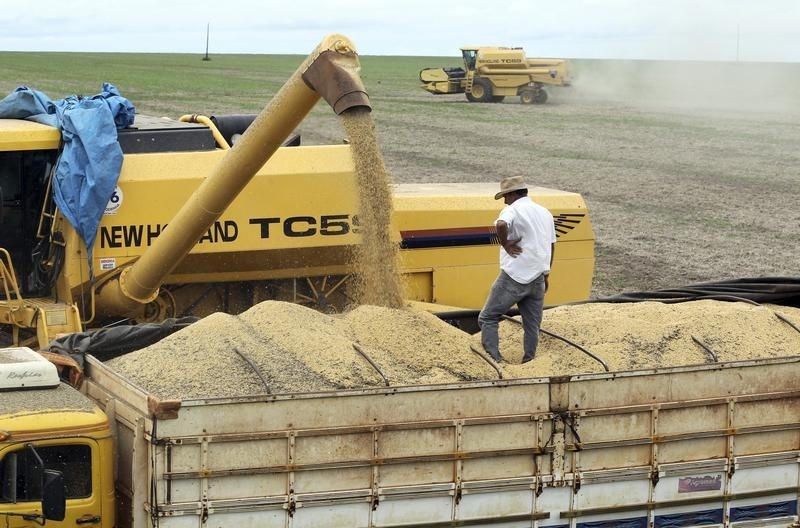OTTAWA, June 25 (Reuters) - Canada's farm labor deficit is expected to double by 2029 to 123,000 workers, or one in three jobs, as shortages continue to hit the sector's bottom line, the Canadian Agriculture Human Resource Council said on Tuesday.
Farmers in Canada have long reported challenges in recruiting farm workers because the rural-based work traditionally involves a high degree of manual labor, long hours, and is often seasonal.
In 2017, Canada's agriculture sector was short 16,500 workers, a labor crunch that cost farmers C$2.9 billion ($2.2 billion) in lost revenues, the council said in a new report on Canada's agricultural workforce prepared with the Conference Board of Canada.
"In the coming years, the gap between the sector's labor requirements and the available pool of domestic labor is expected to widen considerably, a trend that would place more agricultural businesses at risk and seriously impede the sector's growth potential," the report said.
The agriculture industry's struggle to find domestic workers means farmers are heavily reliant on temporary foreign labor, brought to Canada though various streams of the Temporary Foreign Worker program. Foreign labor now accounts for 17% of the sector's employees.
On Tuesday, the council said the agriculture sector's job-vacancy rate is "the highest of any major sector in the Canadian economy." About 2 million Canadians are employed by Canada's agriculture and agri-food sector, accounting for one in eight jobs or 12% of total Canadian employment.
Prime Minister Justin Trudeau's government challenged Canada's agriculture industry to increase its exports to C$75 billion by 2025. Canada is currently the world's fifth largest exporter of agricultural goods. ($1 = 1.3184 Canadian dollars)
